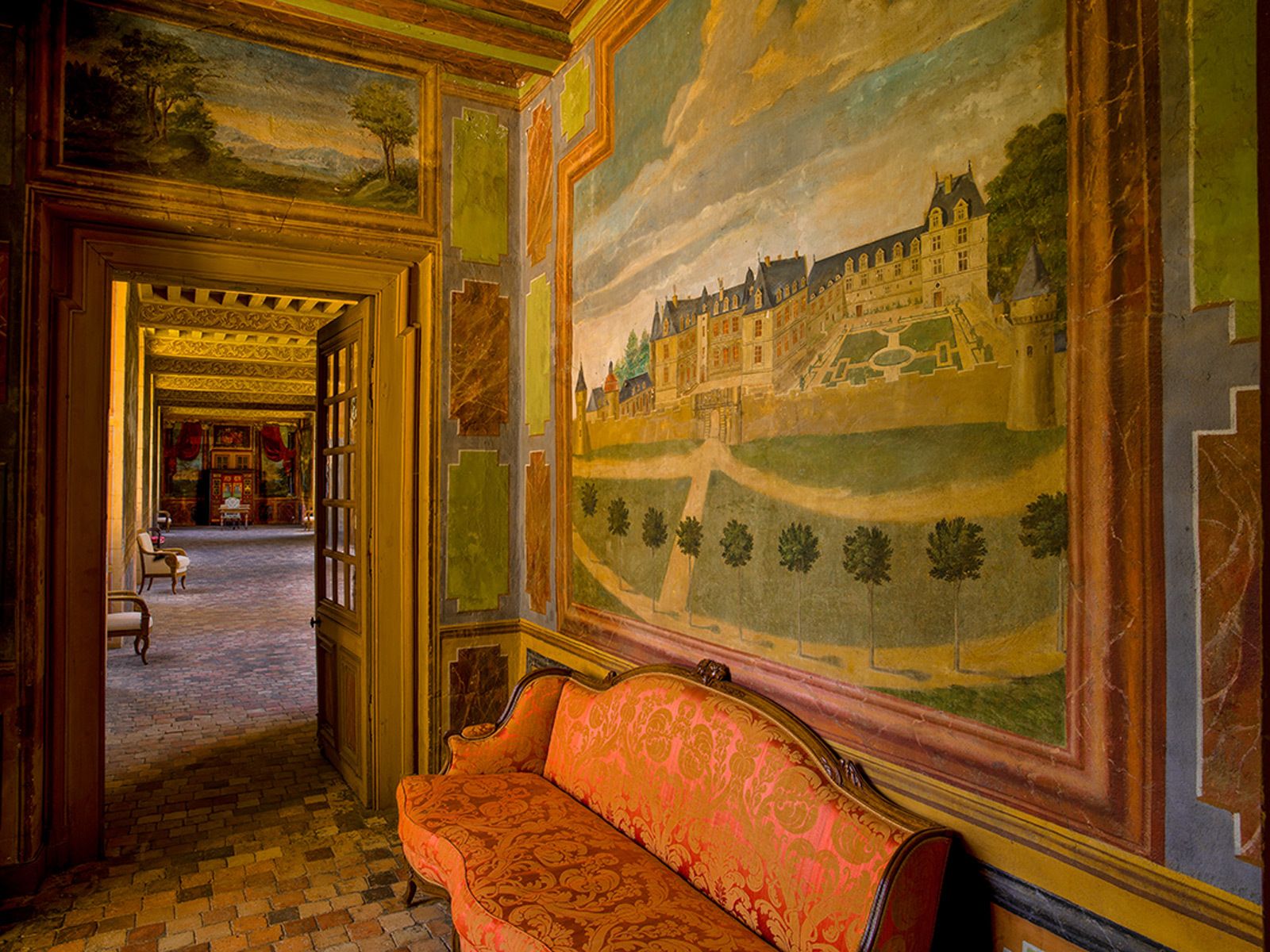
HOUSES OF FRENCH NOBILITY William Rolf Fine Art Photography
Wikimedia Commons has media related to Noble families of Europe. Subcategories This category has the following 48 subcategories, out of 48 total. Burial sites of European noble families (24 C) A Albanian noble families (21 C, 14 P) Armenian noble families (17 C, 18 P) Austrian noble families (43 C, 67 P)
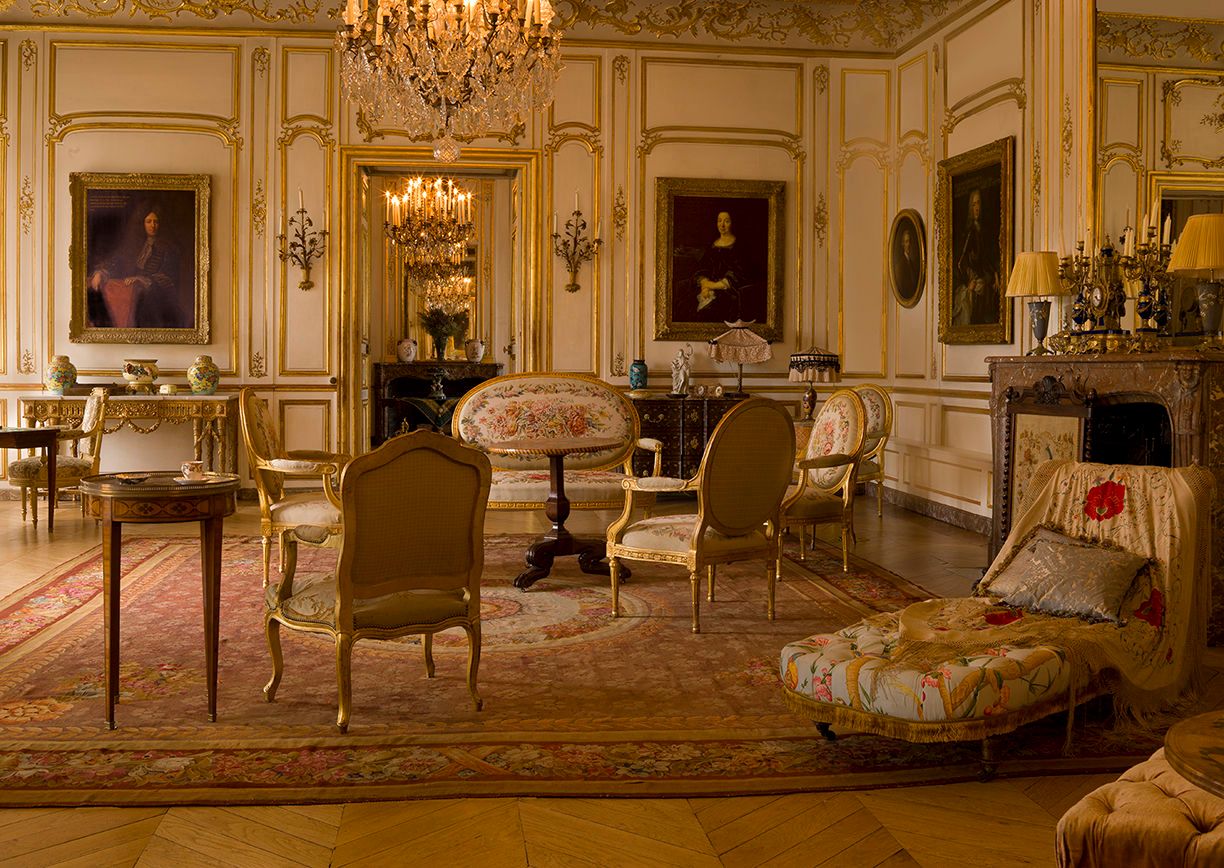
HOUSES OF FRENCH NOBILITY William Rolf Fine Art Photography
by Elliot | History Every culture seems to have noble families. Those born into such families are blessed with privilege from cradle to the grave. This is most visible in European countries where hereditary titles still exist today.

Magnificent castle, historical complex "Gestelhof", entirely renovated, brought uptodate
A noble house is an aristocratic family or kinship group, either currently or historically of national or international significance [clarification needed], and usually associated with one or more hereditary titles, the most senior of which will be held by the "Head of the House" or patriarch.The concept is comparable with that of an aristocratic clan, and can be used informally to describe.

Coat of Arms, Royal houses of Europe heraldry Coat of arms, Royal family trees, Mystery of
The Princely House of Liechtenstein is one of the oldest Austrian noble houses in Europe, with a long and rich history dating back to the 12th century. The name Liechtenstein was first mentioned.
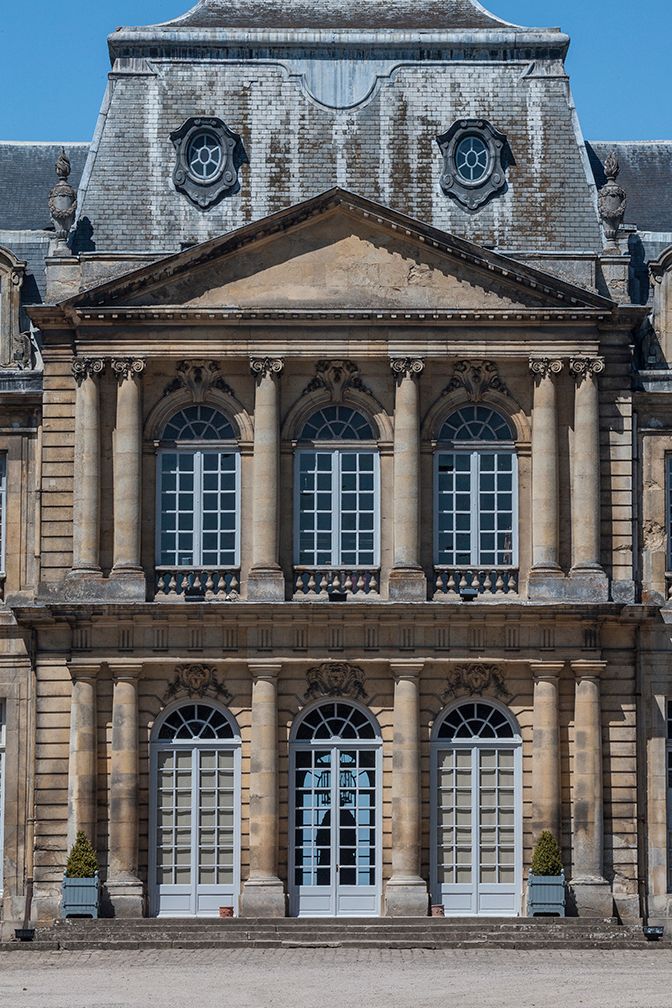
HOUSES OF FRENCH NOBILITY William Curtis Rolf
This noble house rose to all possible heights of the time, and has lent their men and women to some important positions - electors, princes, kings and even emperors. They were involved with Prussia, Romania, Germany and Brandenburg, where they acted as rulers and magnates - deciding on the future of Europe and thus the world. Join us as we.
Sword and Scoundrel Chronica Feudalis Nobility House Rules
Anne Couvent descends from many of the royal and noble houses of Europe. Here I merely report on seven of Anne Couvent's royal lineages displaying the arms used by her ancestors in each generation: Anne Couvent's Ascending Lineage to Louis VIII, King of France: Anne Couvent's Ascending Lineage to Henry III, King of England.
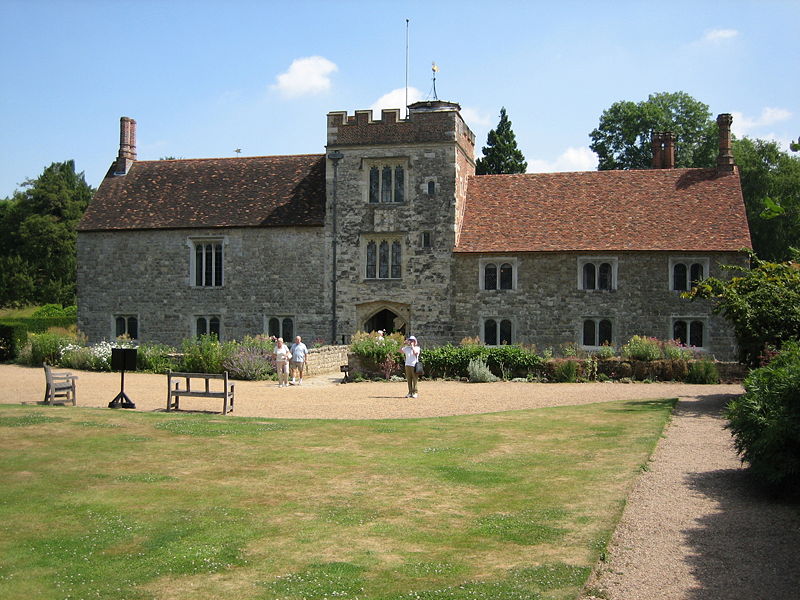
The Medieval Manor History
The Stately Homes of European Nobles Aug 1, 2020 | Noble Titles, Royal Titles Throughout the ages, the great noble families of Europe have been renowned for their power and influence within the royal courts and governments.

Inside the Homes of Britain's Modern Aristocrats Bloomberg
Many European countries have a long history of royal and noble houses that ruled the area or the entire country. The palaces in Europe ve many stories to tell from political tumult to the evolution of architectural styles in Europe. Some palaces in Europe are chosen as UNESCO World Heritage Sites.
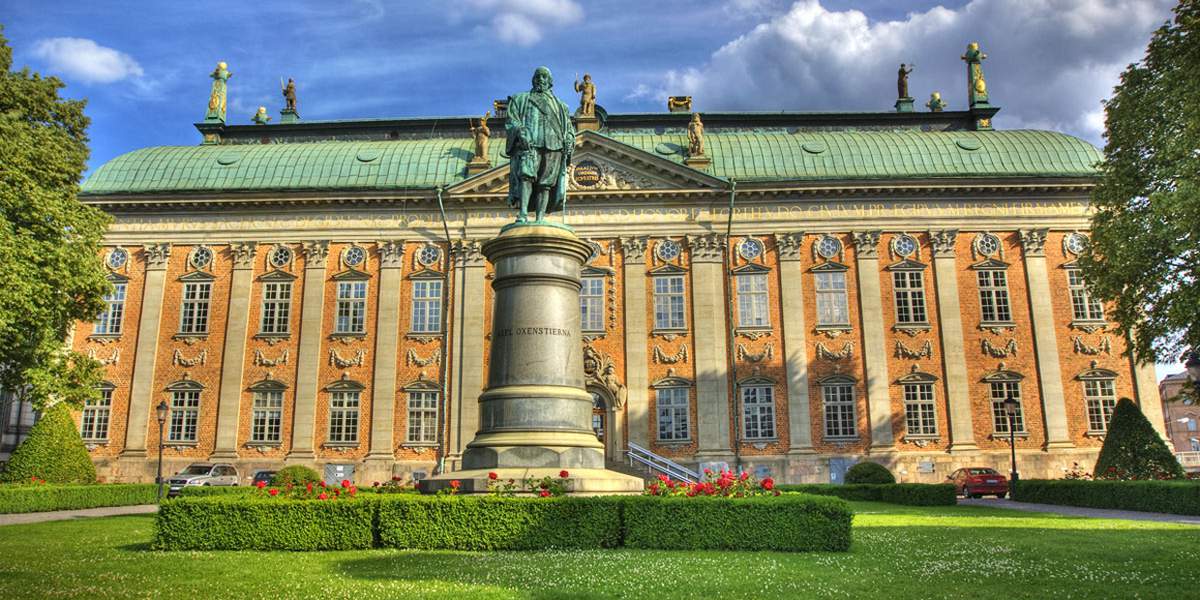
The House of Nobility Visit Stockholm
A noble house is an aristocratic family or kinship group, either currently or historically of national or international significance [clarification needed], and usually associated with one or more hereditary titles, the most senior of which will be held by the "Head of the House" or patriarch.

The Glories of Secret Britain 20 unsung but fabulous historic houses English manor houses
Medieval household John, Duke of Berry enjoying a grand meal. The Duke is seen sitting at the high table surrounded by numerous servants, guests and dependants. Illustration from Très Riches Heures du Duc de Berry, ca 1410. The medieval household was, like modern households, the center of family life for all classes of European society.
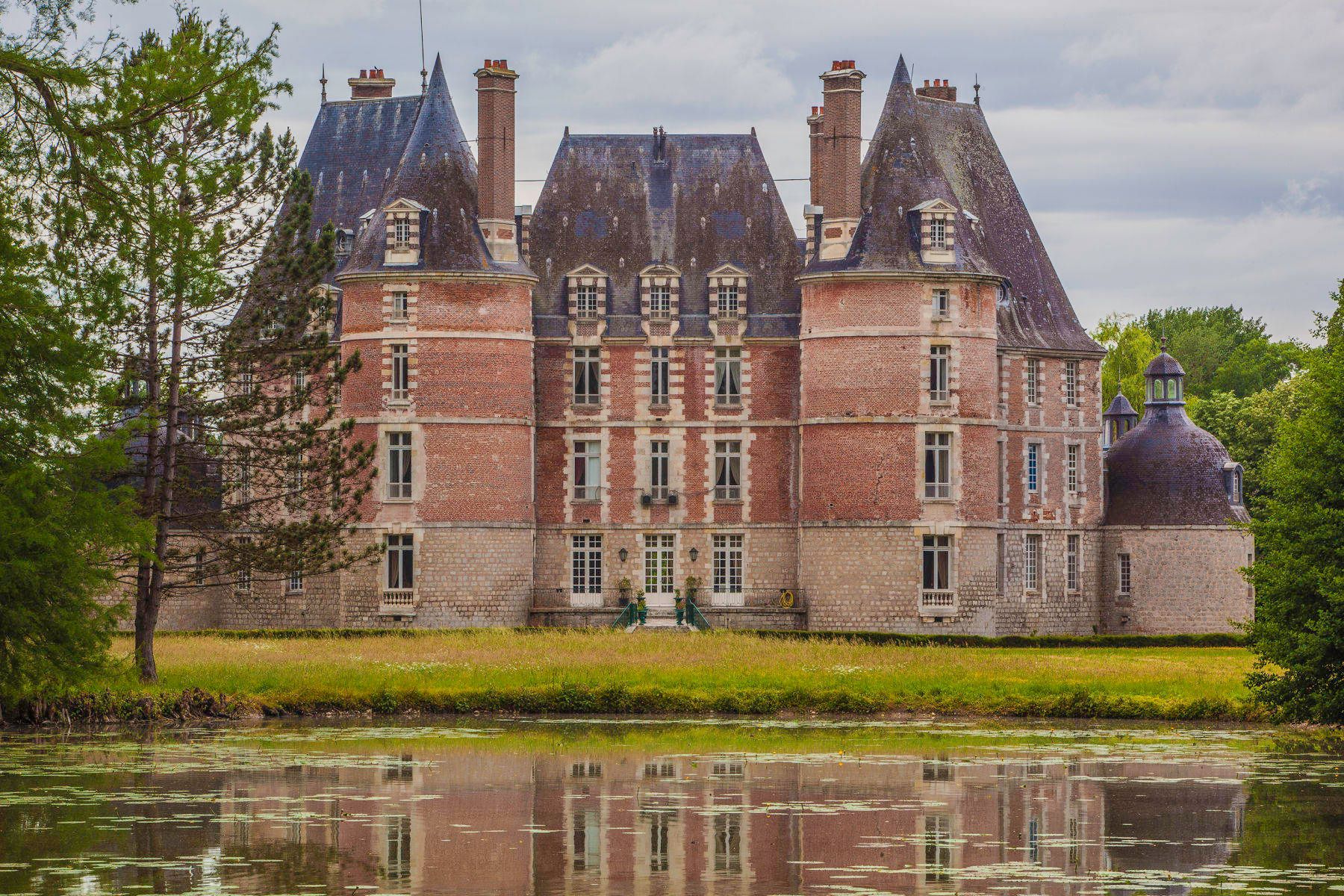
HOUSES OF FRENCH NOBILITY William Curtis Rolf
List of noble houses A Abaza family Adlerberg Al-Ubaid (tribe) Alummoottil Apor family Ashurbeyov B Barbiellini Bourbon di Sorbello Bussche family Buyck family C House of Candia Casati Stampa murders Castellini Baldissera D De Piro

Riddarhuset, House of the Nobility, 17th century in Gamla Stan, Old Town. Stockholm. Sweden
The House of Savoy went on to become renowned throughout Europe for over a thousand years, a historic noble dynasty that would include many rulers of European kingdoms, as well as Emperor of Ethiopia. However, the family's rise to supremacy emerged from relatively humble beginnings.

TOP 10 Cool Facts about the MEDIEVAL Houses in Europe with PHOTOS
450 East Fifty-second Street, New York: 1953 - 1990. In October 1953 happened the last and most important move of her life: Pressured by Schlee, Garbo bought for $ 38000 a Seven-room-apartment on the fifth floor of the house situated at East Fifty-Second Street, number 450. On the floor below lived Schlee and Valentina.
/GettyImages-586343366-5c51394b4cedfd0001f91219.jpg)
Manor Definition, Significance in the Medieval Period
House Of Wittelsbach The House of Wittelsbach is typical of the many great noble Houses of Europe in that it dates back over a thousand years to the 11th century. House Of Wittelsbach Coat of arms (13th to 14th century) - Hugo Gerard Ströhl, Public domain, via Wikimedia Commons

The Homes Of Great Nobles In The Middle Ages Nobility Titles Genuine Titles Of Nobility For Sale
May 8, 2020 | Noble Titles, Royal Titles The history of medieval and Renaissance Europe features a whole host of legendary noble families. It is difficult to state which of the ancient noble families of Europe is officially the oldest, as this can depend on a whole range of definitions and criteria.

House of Nobility (Riddarhuset), Helsinki, Finland, Scandinavia, Europe Stock Photo Alamy
The Normans shaped Medieval Europe, through their art, architecture, and military culture. After 1066 they went on to hold all of Europe in the palm of their hands.. By the 13th century, the Norman noble houses had become some of the powerhouses of Medieval Europe, holding dominion over lands from England to Italy, to North Africa, and the.